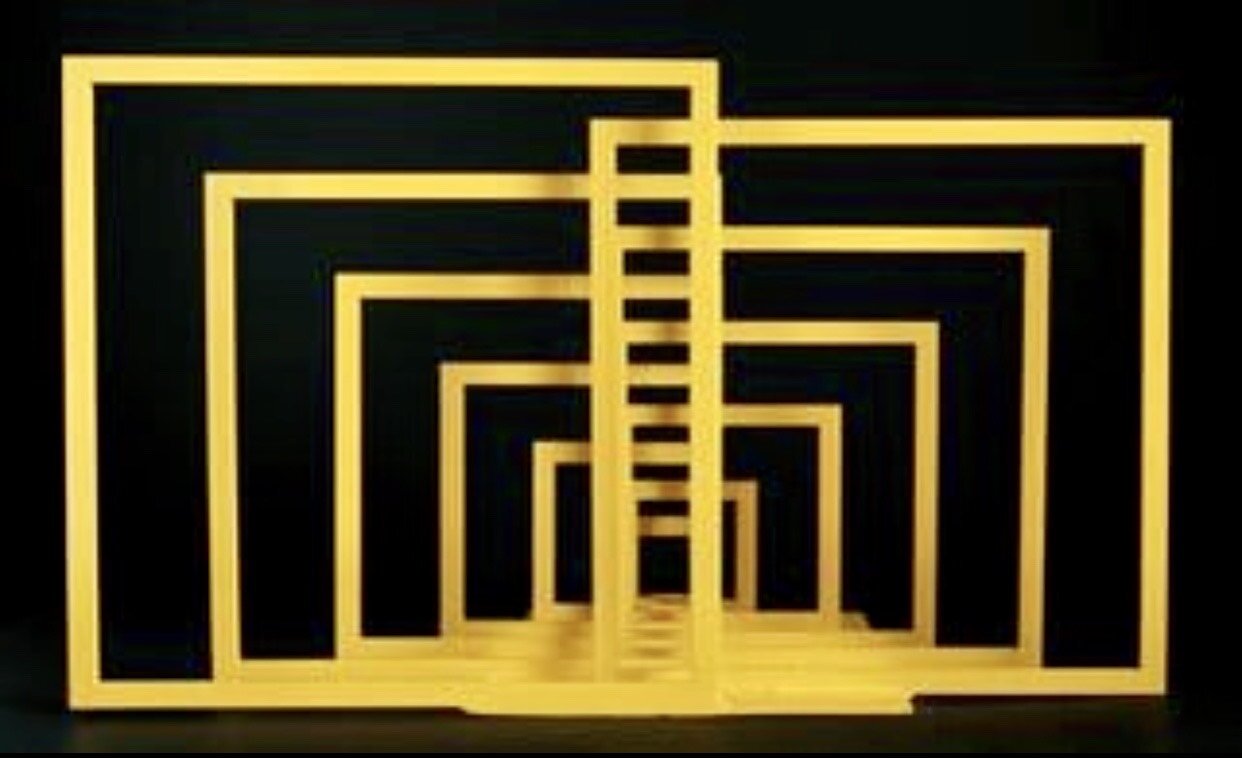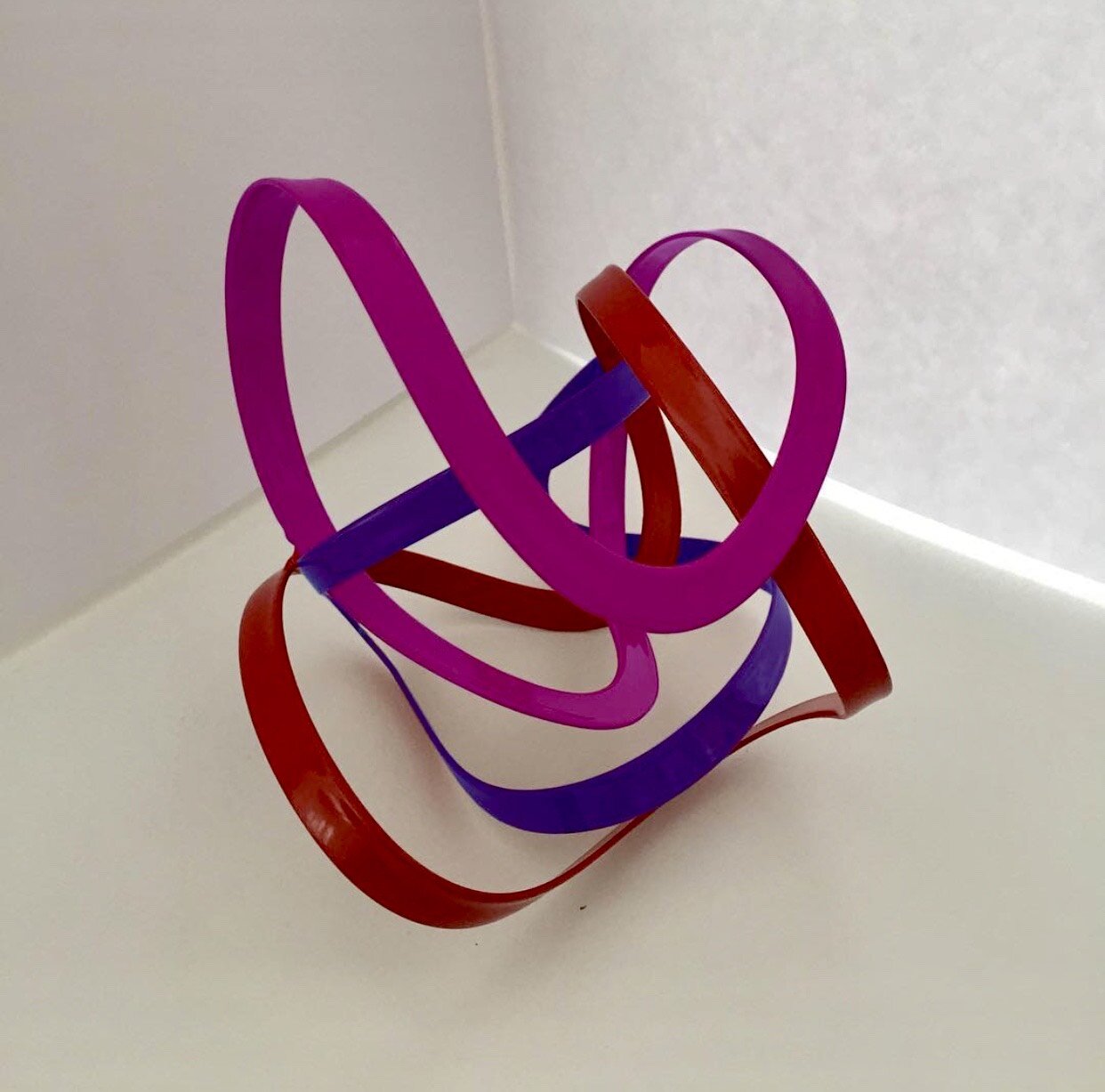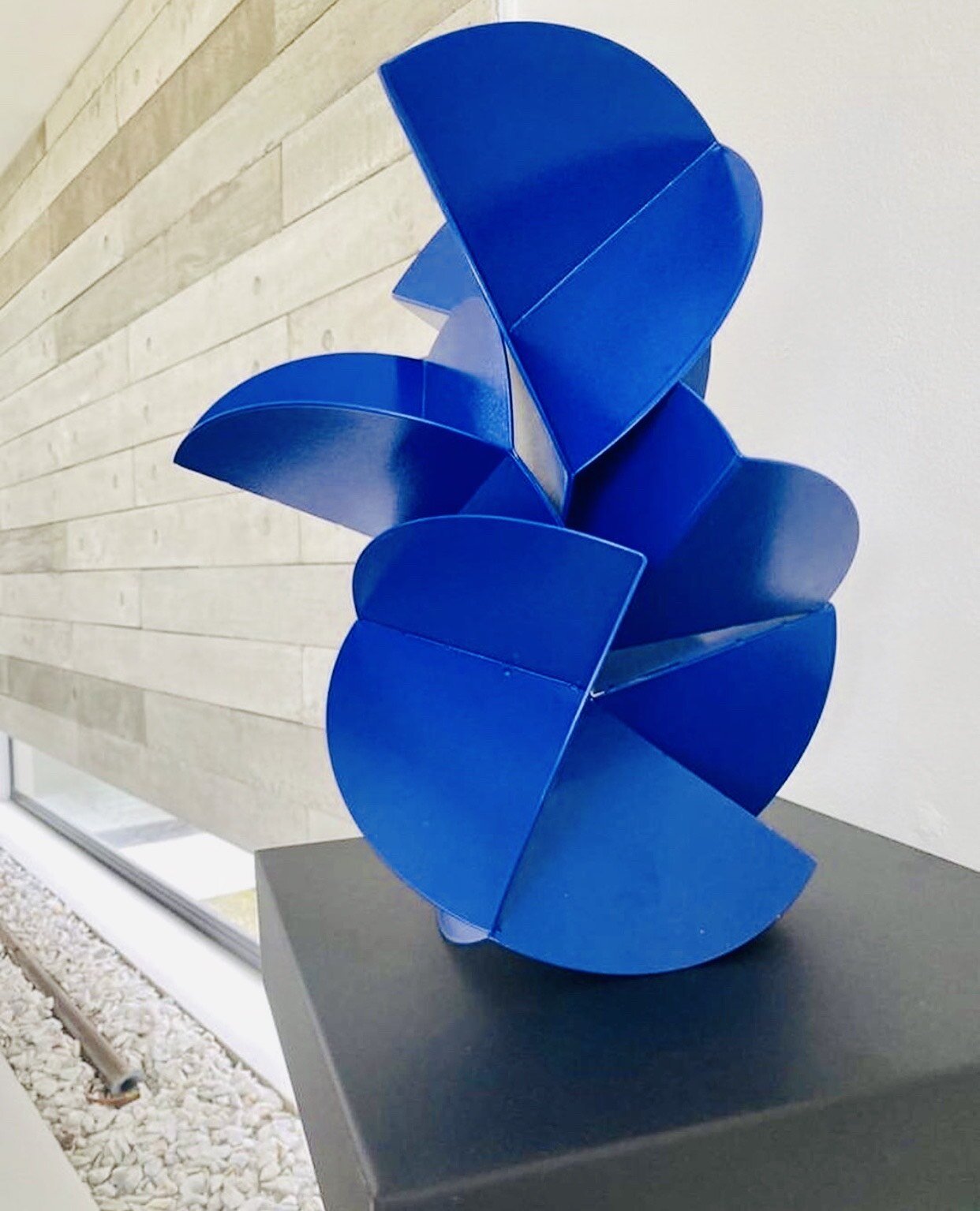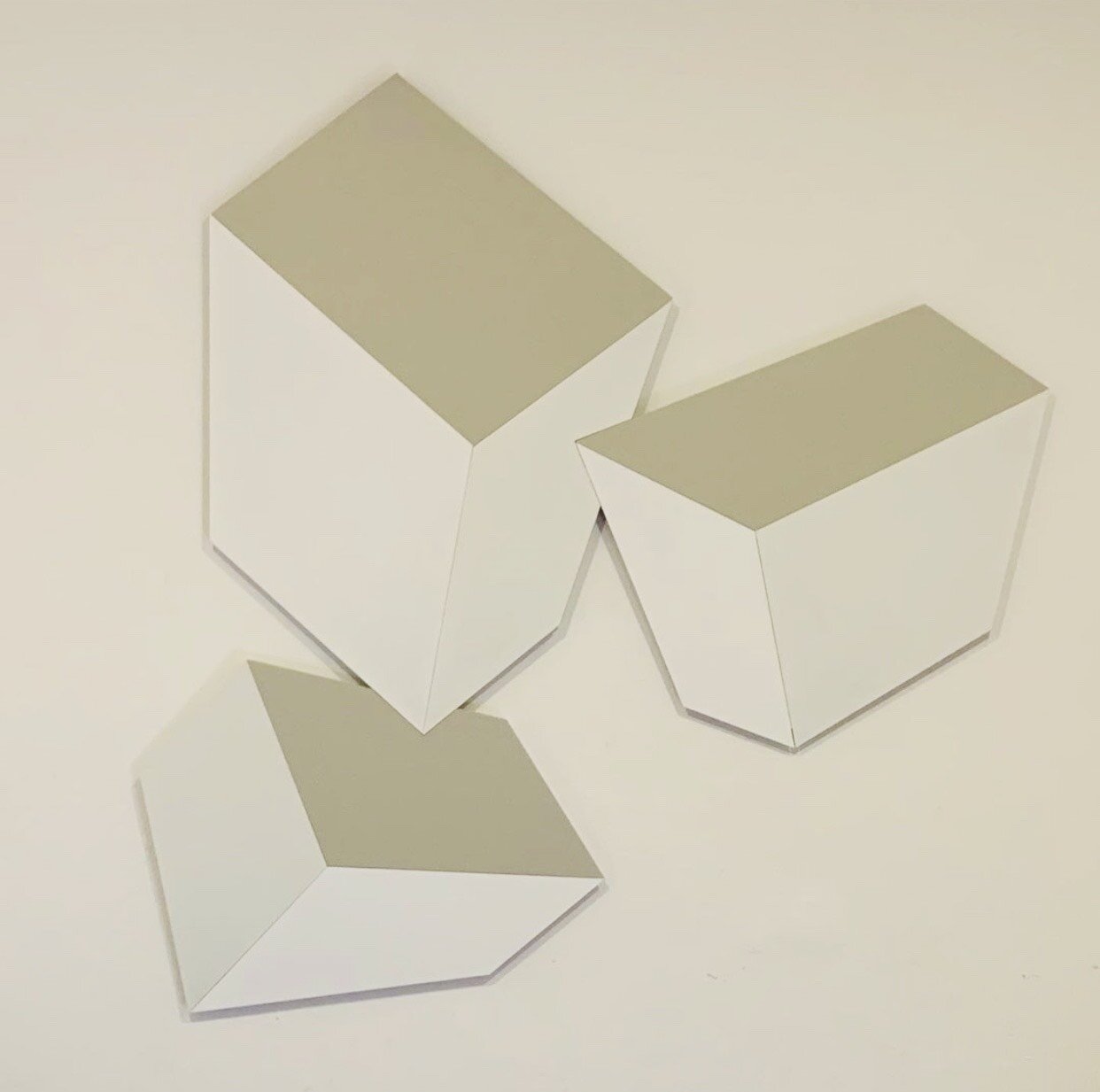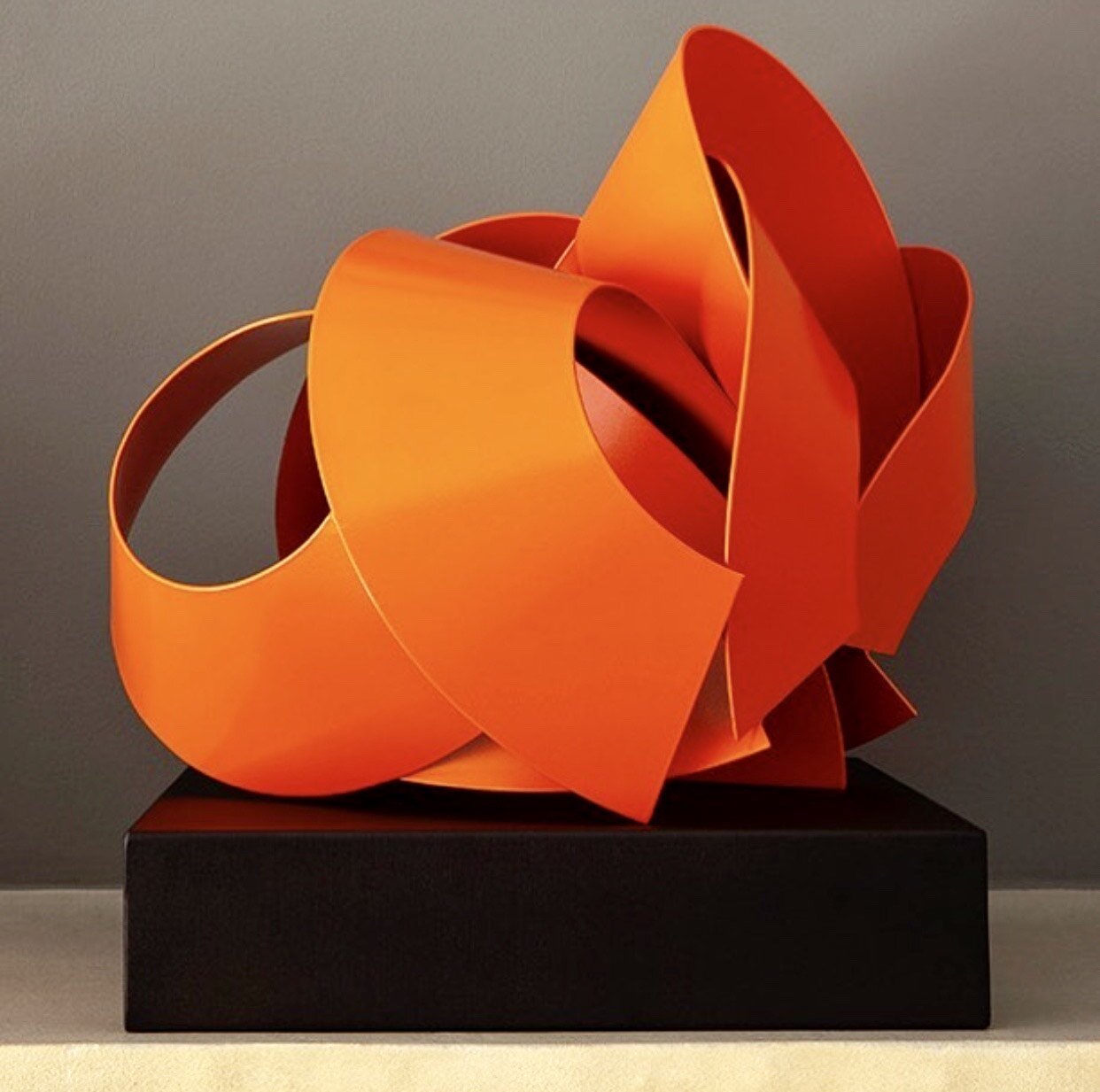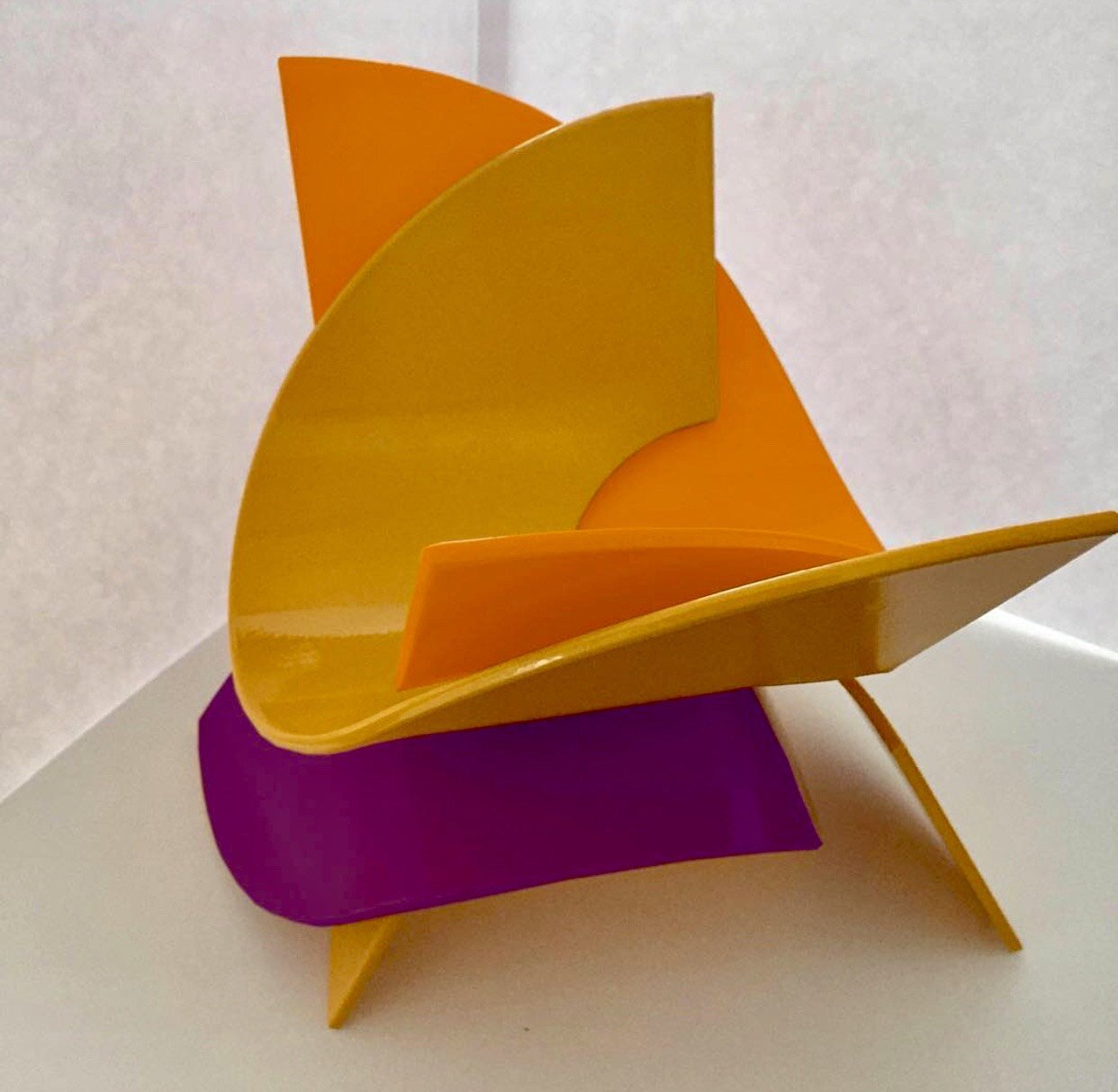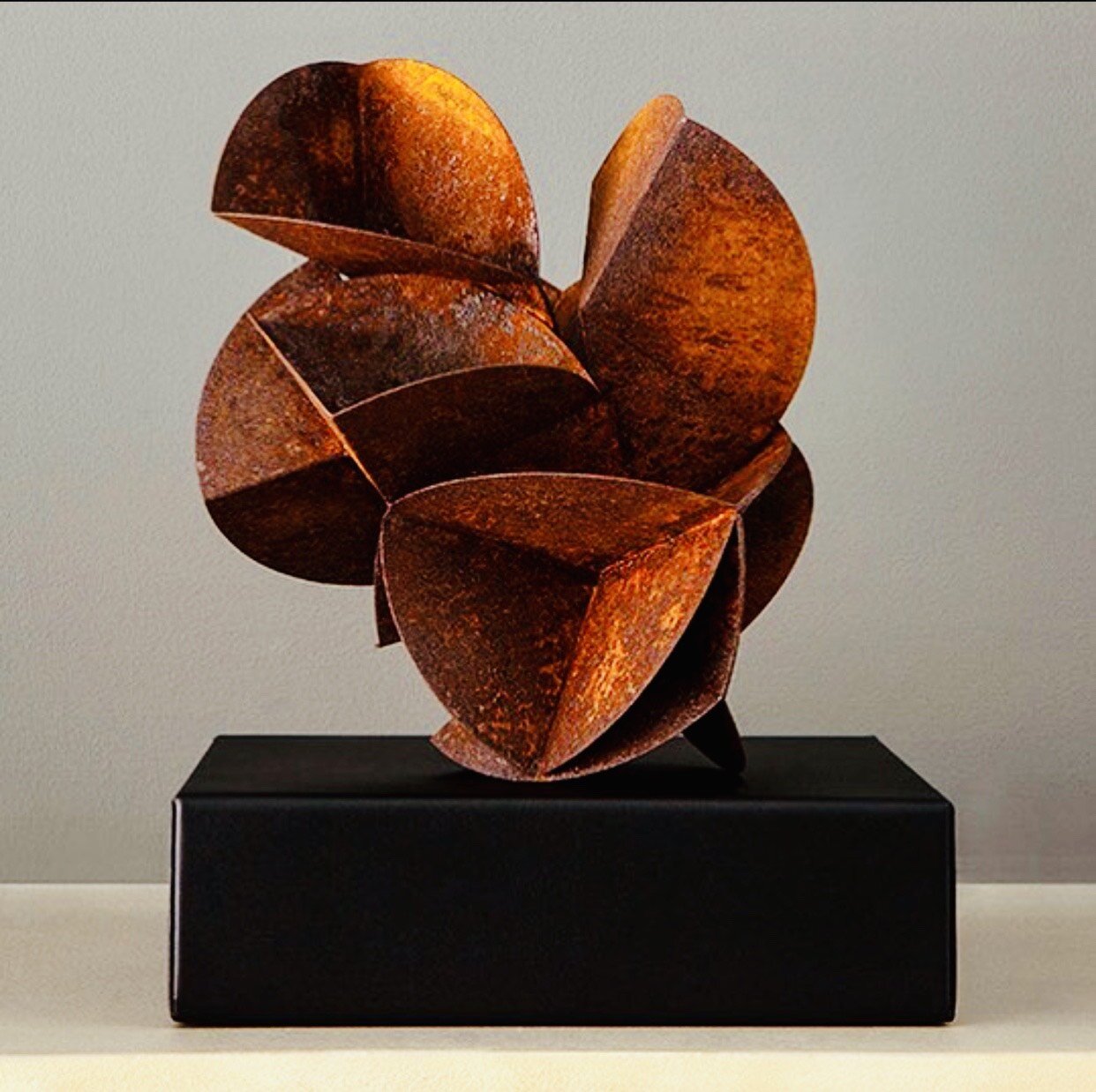As the art world slowly opens up to hosting exhibits and devising innovative ways to make art accessible and safe amid a global pandemic, many art lovers are breathing a sigh of relief. The National Gallery of Art (NGA) in Washington D.C. is illustrating how art lovers may get their fix in the era of COVID-19. Earlier this year, they reopened the lower gallery area in the West Building to present Degas at the Opera, an exhibition that attracted all the eager art fans in the D.C. Metro area.
Figure 1. Mollie Berger Salah, curatorial assistant at the National Gallery of Art in Washington D.C., working behind the scenes in the Division of Prints and Drawings.
Mollie Berger Salah, curatorial assistant at the NGA in the Division of Prints and Drawings, sheds light into how her work for the National Gallery has and continues to adapt to the new ways of planning exhibitions and exhibiting art. If you love art, then you’re like me and have likely wondered how exhibits are created and how they come to be so memorable, especially now, and this interview tackles that curiosity.
There is a level of mystery to the behind-the-scenes work at an art exhibit, especially one at one of the most prominent art institutions like NGA. It is Berger Salah’s devoted expertise that guides the artwork selection, space planning, ways of connectivity with the public, and the flow of its presentation that make your visit to the National Gallery beyond worthwhile.
Figure 2. Gregorio De Ferrari Genoese, 1647 - 1726, Saint Michael and the Rebel Angels, c. 1682, pen and brown ink with brown wash, heightened with white gouache, over traces of black chalk on blue laid paper sheet, National Gallery of Art, Elizabeth White Fund 2018.165.4
1. How long have you been working at NGA?
I have worked at the National Gallery of Art in the Division of Prints and Drawings since July 2014, but I have been working in museums since I was 16. My first museum job was at the Farnsworth Art Museum gift shop in Rockland, Maine. I learned so much there, especially customer service, which comes in handy when I am answering a question from the public or directing a visitor in the museum.
2. Can you describe your role and how you work with current/upcoming exhibits at NGA?
As curatorial assistant for the Division of Prints and Drawings, I get to do a little bit of everything. From researching the collection, including new acquisitions, to tracking the progress of curatorial projects, my to-do list varies day by day.
For the past couple years I’ve been assisting the Senior Curator of Prints and Drawings with his upcoming exhibition, A Superb Baroque: Art in Genoa 1600-1750, which opens next year. I tracked the checklist of artworks included in the exhibition, corresponded with our co-curators in Italy, and helped find images for the publication. We were two months away from the exhibition opening at the NGA, when we needed to close due to COVID-19. It was disappointing to postpone the exhibition our team worked so tirelessly to execute, but we are all relieved the show will be on view next September.
Of course, everything has changed for all of us since the pandemic began. I never thought I would be working from home, but teleworking allowed me to focus on other projects. Digital content, in particular, has been a new experience for me. I led visitors (virtually, of course) through our Mark Rothko galleries and wrote a post highlighting DC artists for the recently enacted DC Natives Day, which celebrates folks born and raised in DC.
Figure 3. Berthe Morisot French, 1841 - 1895 The Artist's Sister, Edma, with Her Daughter, Jeanne, 1872 watercolor over graphite on laid paper overall, National Gallery or Art, Ailsa Mellon Bruce Collection 1970.17.160
3. What are the most enjoyable parts of your job?
Definitely working on exhibitions. Since works on paper are light sensitive, we closely monitor how often they are exposed to light sources. We rely on special exhibitions, which are only open for a few months, to showcase our incredible collection of prints, drawings, and illustrated books. With a collection of over 110,000 works of art on paper, there is a lot to choose from.
4. What advice do you have for someone who wants to work at a museum or gallery as a curator?
My first piece of advice is a practical one: understand and be comfortable with technology. I guarantee you will need to use spreadsheets, project management tools, and databases in a curatorial position. Proficiency, or at least familiarity, with these systems could set you apart from other candidates. There are also loads of free online tutorials, so there are opportunities for you to learn these skills. I use all of these programs, practically daily, and I believe they will only become more common as arts institutions move away from paper files, and towards digital systems.
Secondly, I believe it is imperative that anyone working in a curatorial capacity be able to articulate why their project is important, why it matters. This can be challenging to articulate, but as museums grapple with their role in the broader cultural landscape, I believe museum leadership will ask this question and curators should be able to answer.







